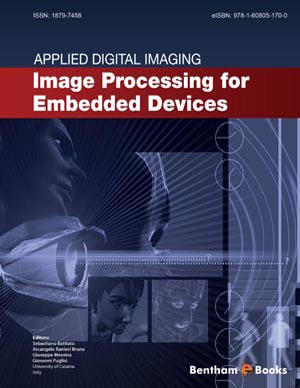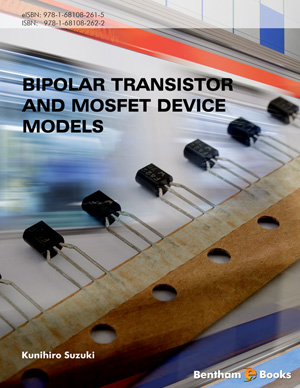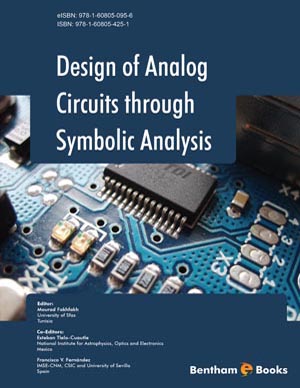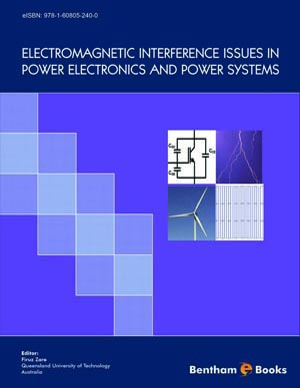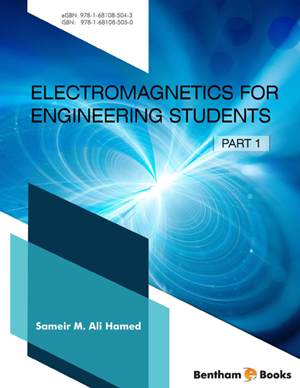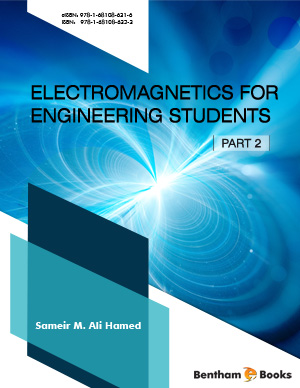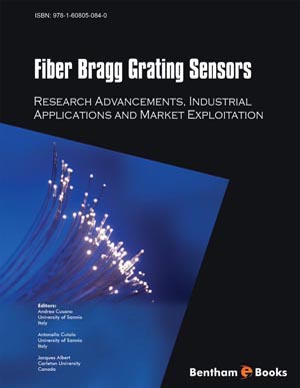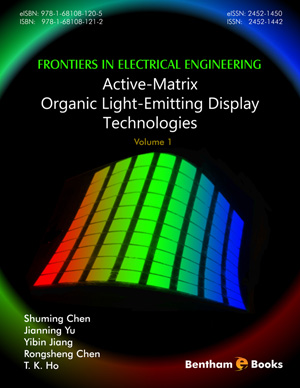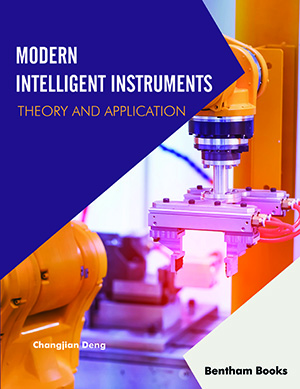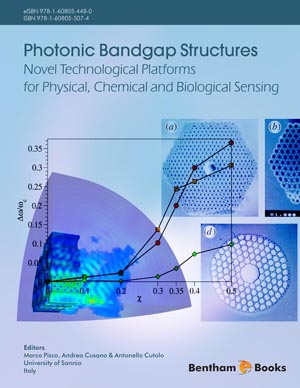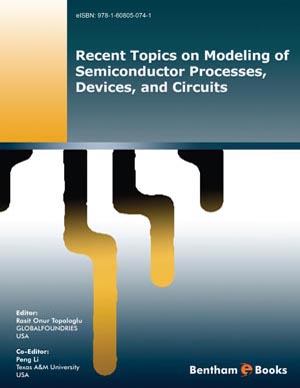Abstract
Vision is perhaps the most important sense for humans. Among the different complex tasks accomplished by the Human Visual System, the categorization is a fundamental process that allows humans to effectively interpret their surroundings efficiently and rapidly. Computer Vision researchers are increasingly using algorithms from Machine Learning to build robust and reusable machine vision systems that act taking into account the visual content of images. Since learning is a key component of biological vision systems, the design of artificial vision systems that learn and adapt represent one of the most important trend in modern Computer Vision research. Despite the advances in the context of single sensor imaging devices, this technology is still quite far from the ability of automatically categorize and exploit the visual content of the scene during (or after) acquisition time. Different constraints should be considered in order to transfer the ability of inferring the category of a scene in imaging devices domain. Indeed, these devices have limited resources in terms of memory and computational power, and the image data format change over time through the imaging pipeline (i.e., from Bayer Pattern at acquisition time to JPEG format after acquisition time). This Chapter presents Computer Vision and Machine Learning techniques within the application contexts of scene recognition and red-eye detection. The techniques introduced here could be used in building complex imaging pipeline in which image categorization (e.g., scene recognition, red-eye detection) is exploited to drive other tasks (e.g., white balance, red eye removal).


